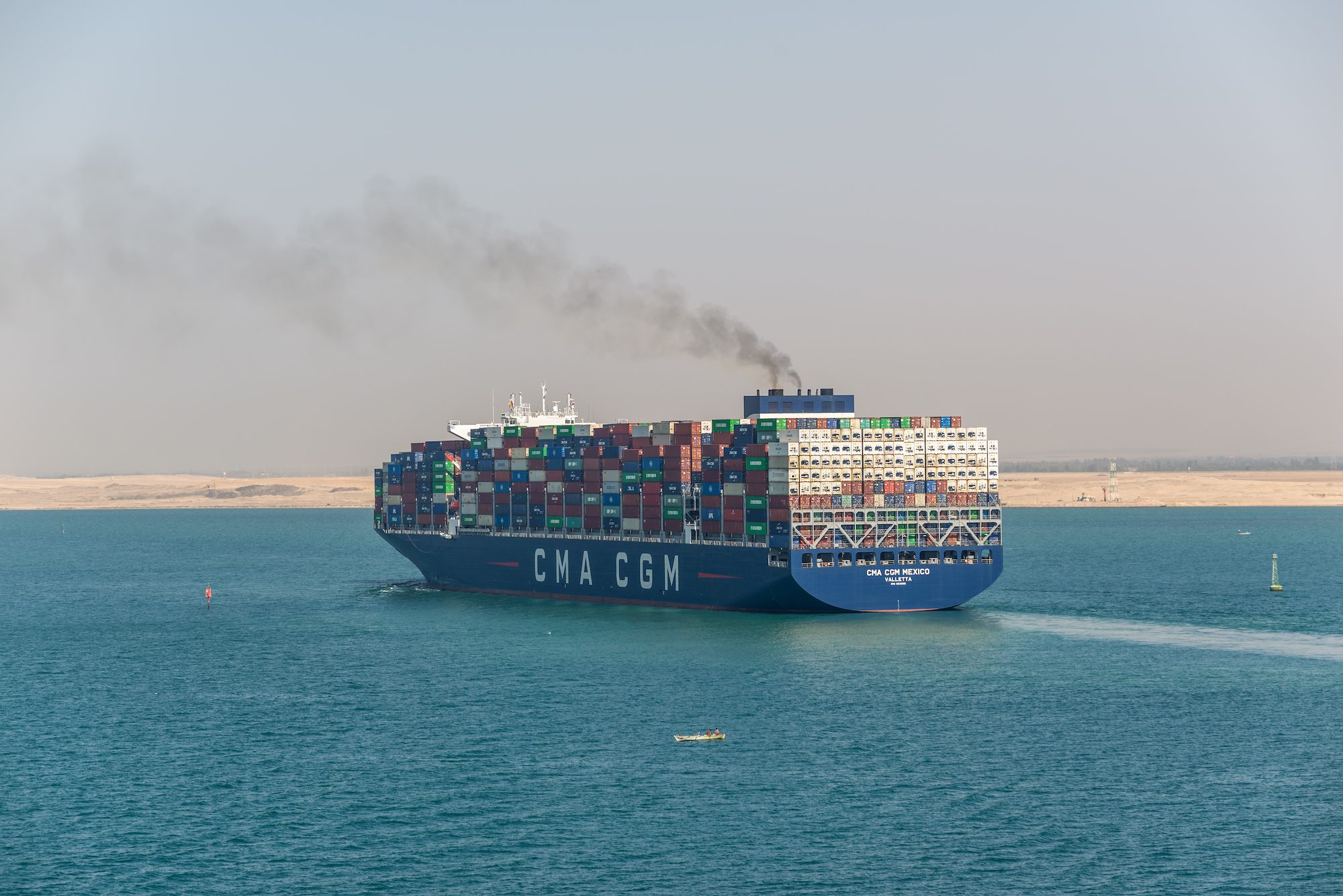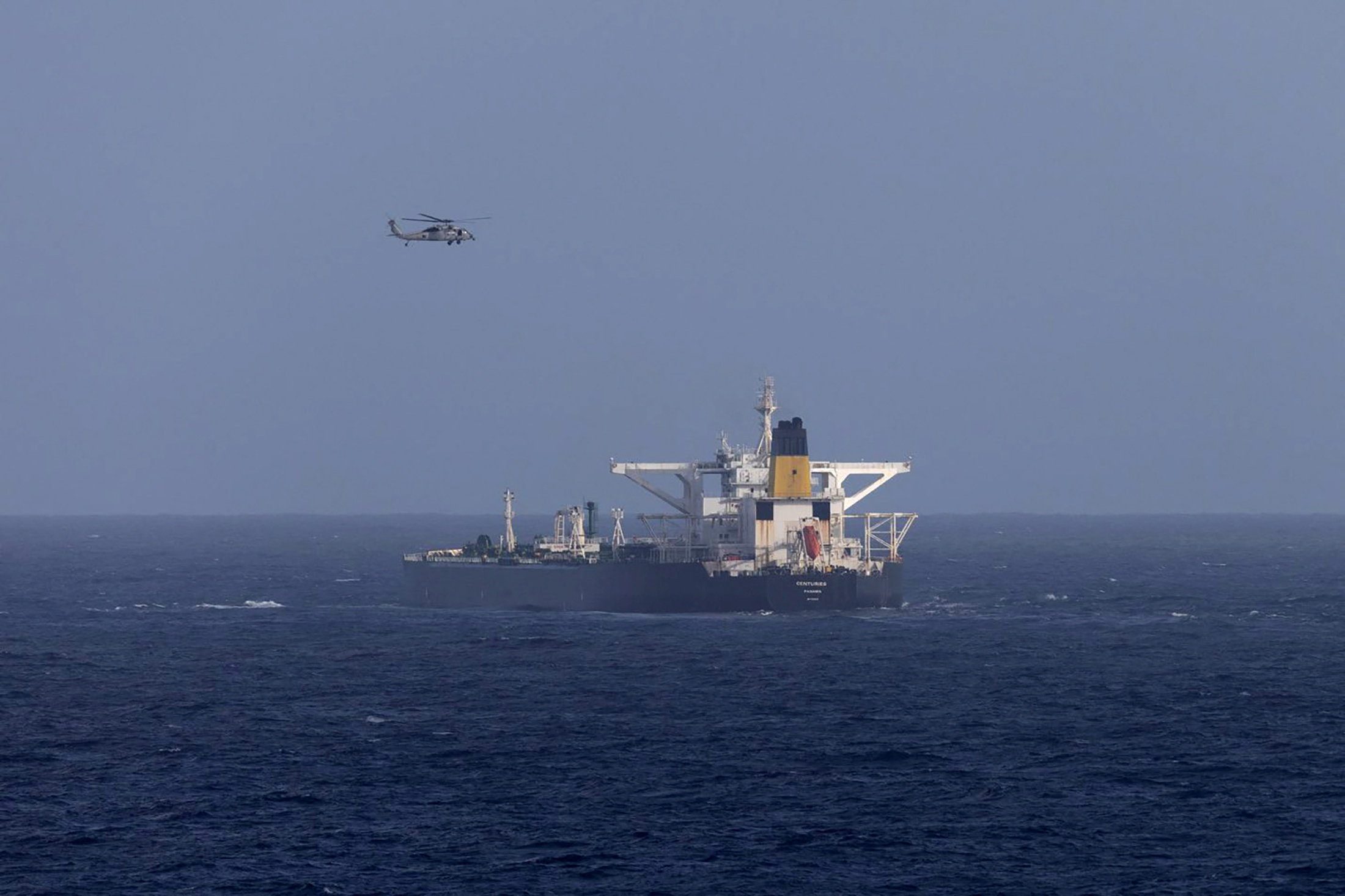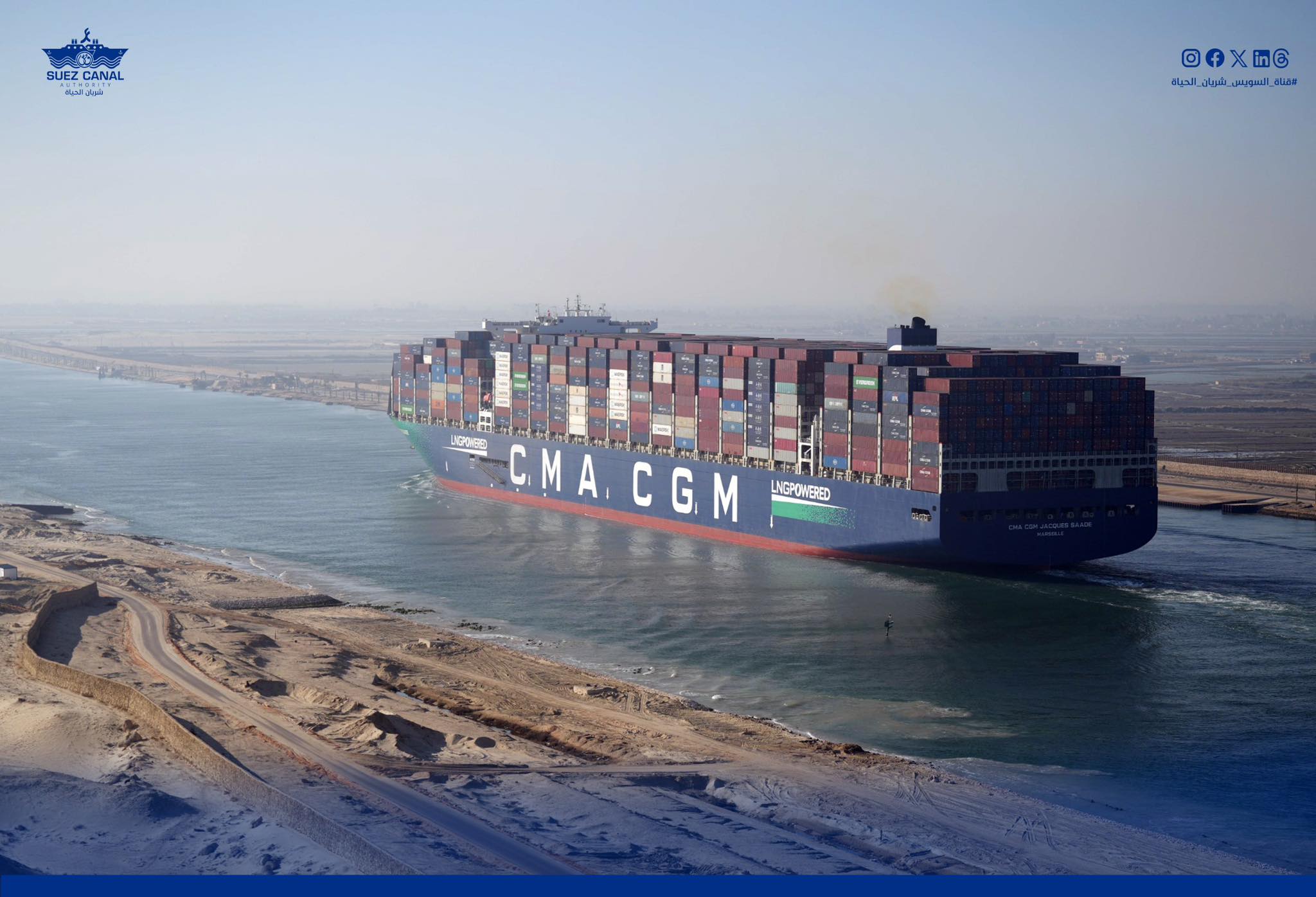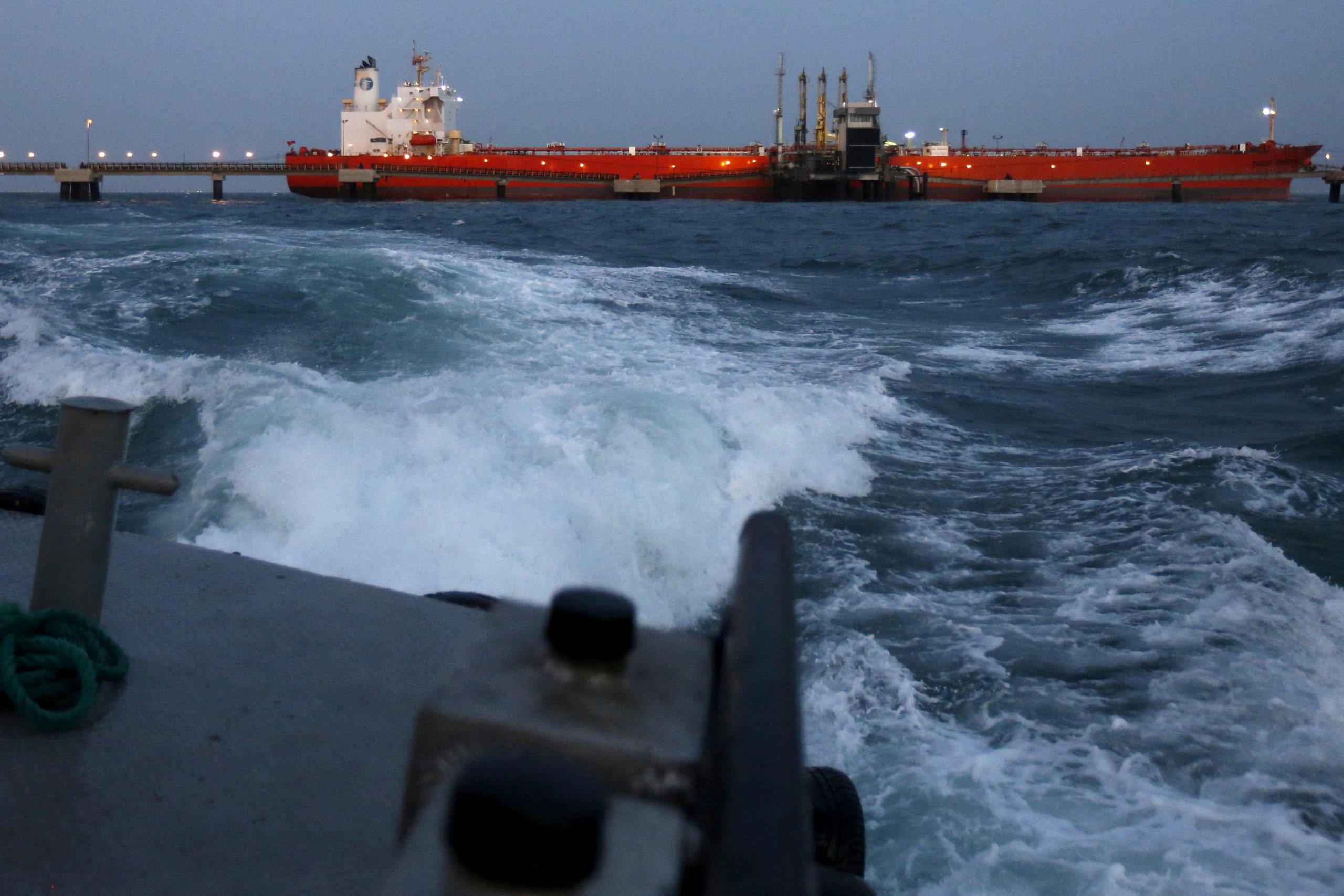By Lisa Baertlein
LOS ANGELES, (Reuters) – Recent hostilities in the Red Sea have thrown global shippers of vital goods for a loop – but it is hardly the only issue that big carriers are facing as 2024 kicks off.
Giants like Maersk MAERSKb.CO say the industry, which handles 90% of global trade, faces the possibility of significant disruptions, from ongoing wars to droughts affecting key routes like the Panama Canal. Complex vessel schedules are likely to be knocked out of sync for giant container ships, fuel tankers and other commodity haulers throughout the year.
That will increase delays and raise costs for retailers like Walmart WMT.N, IKEA and Amazon AMZN.O, as well as food makers such as Nestle NESN.S and grocers including Lidl.
“This is seemingly the new normal – these waves of chaos that seem to rise and fall. Before you get back to some level of normalcy another event happens that sort of throws things out of whack,” said Jay Foreman, CEO of Florida-based Basic Fun, who sends toys from factories in China to Europe and the United States.
Added 2024 risks include a possible expansion of Red Sea attacks to the Arabian Gulf, which could affect oil shipments, and further souring of China-Taiwan relations that could also affect important trade lanes, said Peter Sand, chief analyst at freight data provider Xeneta. Russia’s war in Ukraine continues to affect the grains trade since it invaded its neighbor in 2022.
Maersk on Friday joined other major ocean carriers in rerouting ships away from the Red Sea to avoid missile and drone attacks in an area that leads to the vital Asia-Europe Suez Canal shortcut. That route handles more than 10% of total ocean shipments and nearly one-third of the world’s container trade.
While tankers carrying oil and fuel supplies for Europe continue to pass through the Suez Canal, most container ships are rerouting goods around Africa’s southern tip as Yemeni Houthis attack vessels in the Red Sea in a show of support for Palestinian Islamist group Hamas fighting Israel in Gaza.
Ship owners’ fuel costs are up as much as $2 million per round trip for Suez Canal diversions and the Asia-Europe spot rate has more than doubled from 2023’s average to $3,500 per 40-foot container. The increased costs could translate into higher prices for consumers, though Goldman Sachs said on Friday that the inflation shock should not be as bad as the 2020-22 pandemic chaos.
“The first quarter is gonna be a little crazy for everybody’s books” when it comes to costs, said Alan Baer, CEO of OL USA, which handles freight shipments for clients.
Crossings through the Panama Canal, a Suez Canal alternative, are down 33% due to lower water levels, according to supply chain software provider project44. Such restrictions helped send dry bulk shipping costs for commodities like wheat, soybeans, iron ore, coal and fertilizer sharply higher in late 2023.
Increasingly frequent severe weather events are having a more immediate effect than political tensions. Brazil suffered a double-whammy of a historic drought on the Amazon and excessive rains in the north of the country that contributed to a longer-than-usual ship queue at the port of Paranagua in late 2023 just months ahead of peak soybean shipping season.
“You can always say, ‘It’s a one-off event,’ but if the one-off events happen every other month, they’re not anymore one-off events,” said John Kartsonas, managing partner at Breakwave Advisors, the commodity trading advisor for the Breakwave Dry Bulk Shipping ETF BDRY.P.
(Reporting by Lisa Baertlein in Los Angeles; Karl Plume in Chicago; Marcelo Teixeira in New York and Ana Mano in Sao Paulo; Editing by Alistair Bell)
(c) Copyright Thomson Reuters 2024.

 Join The Club
Join The Club












